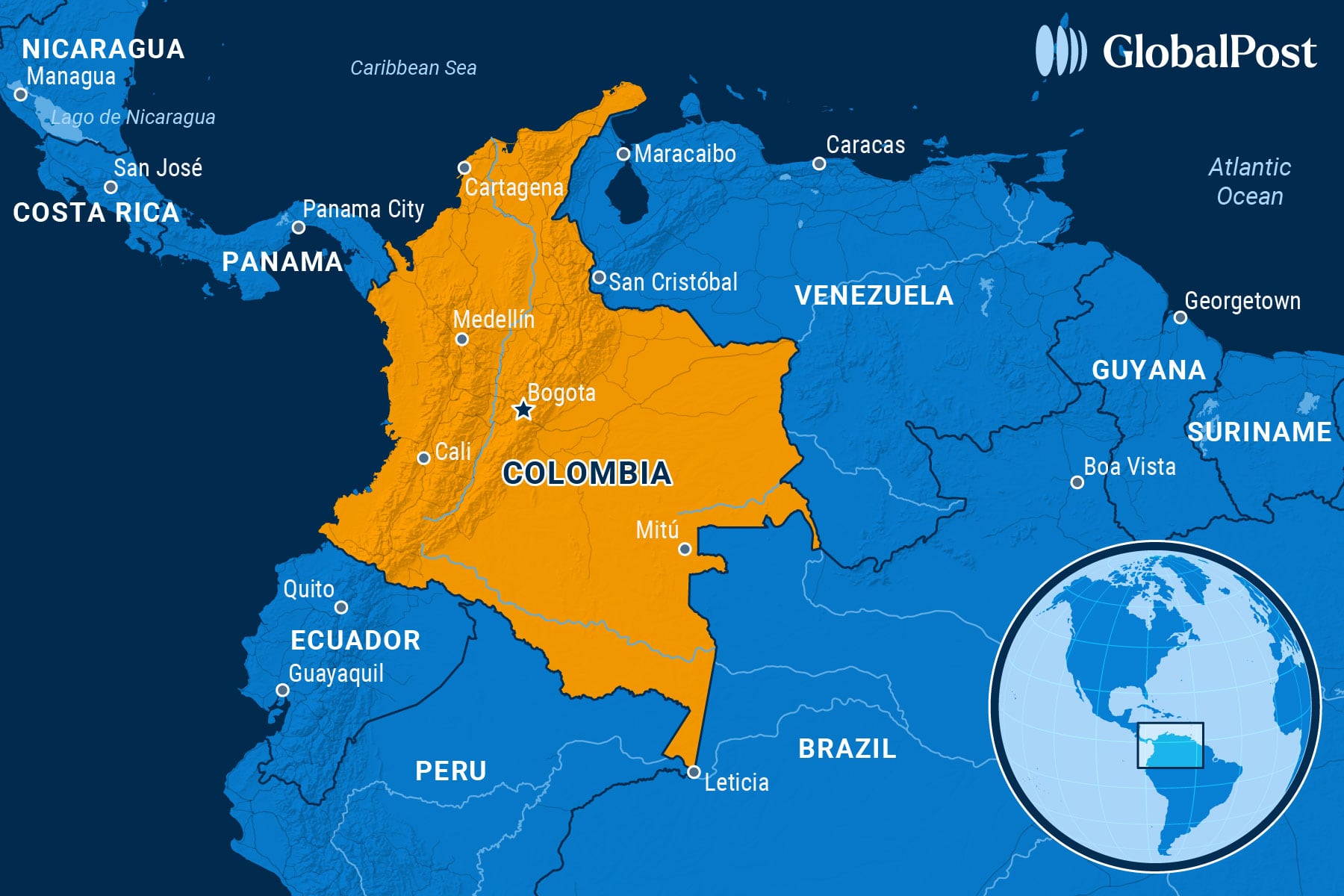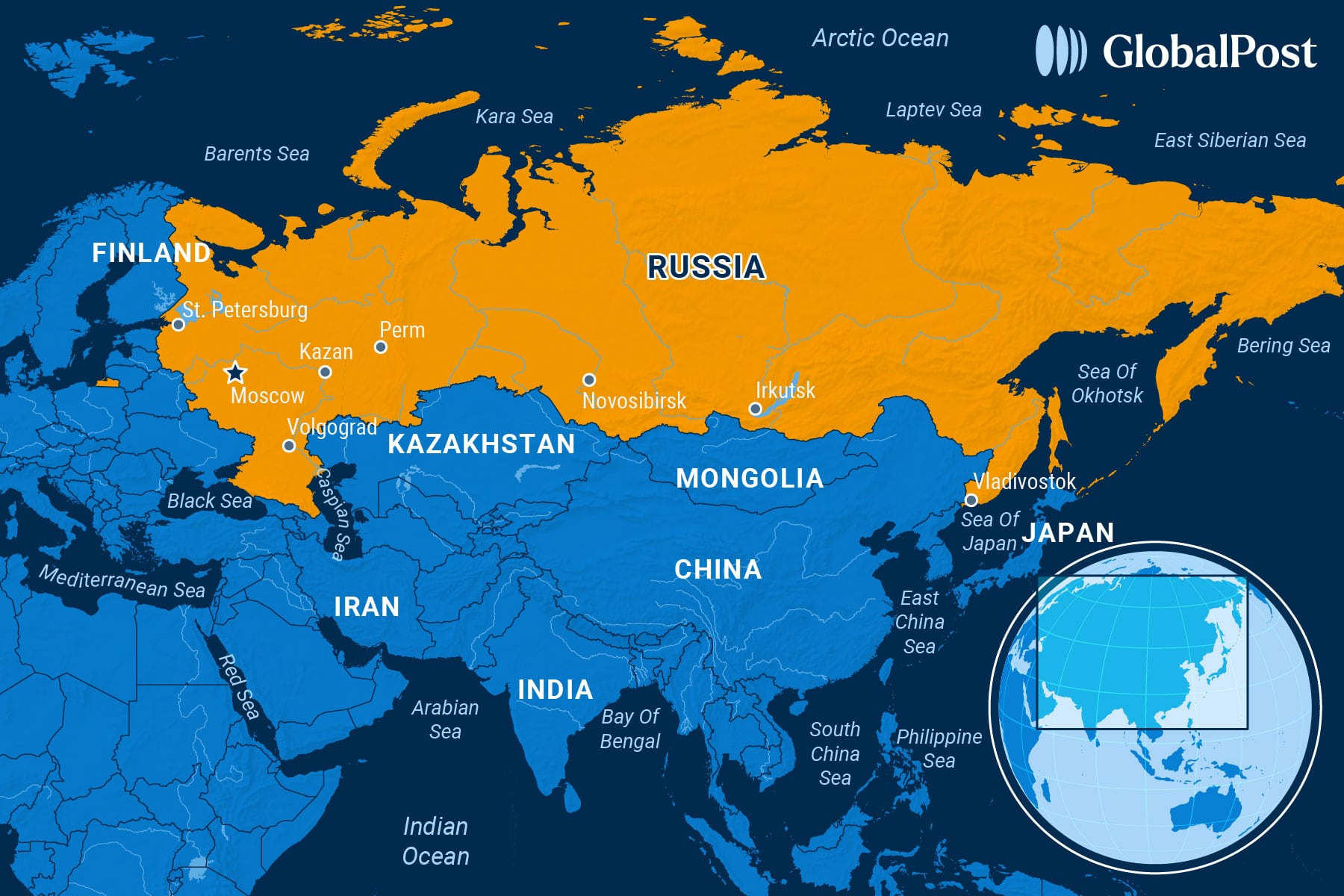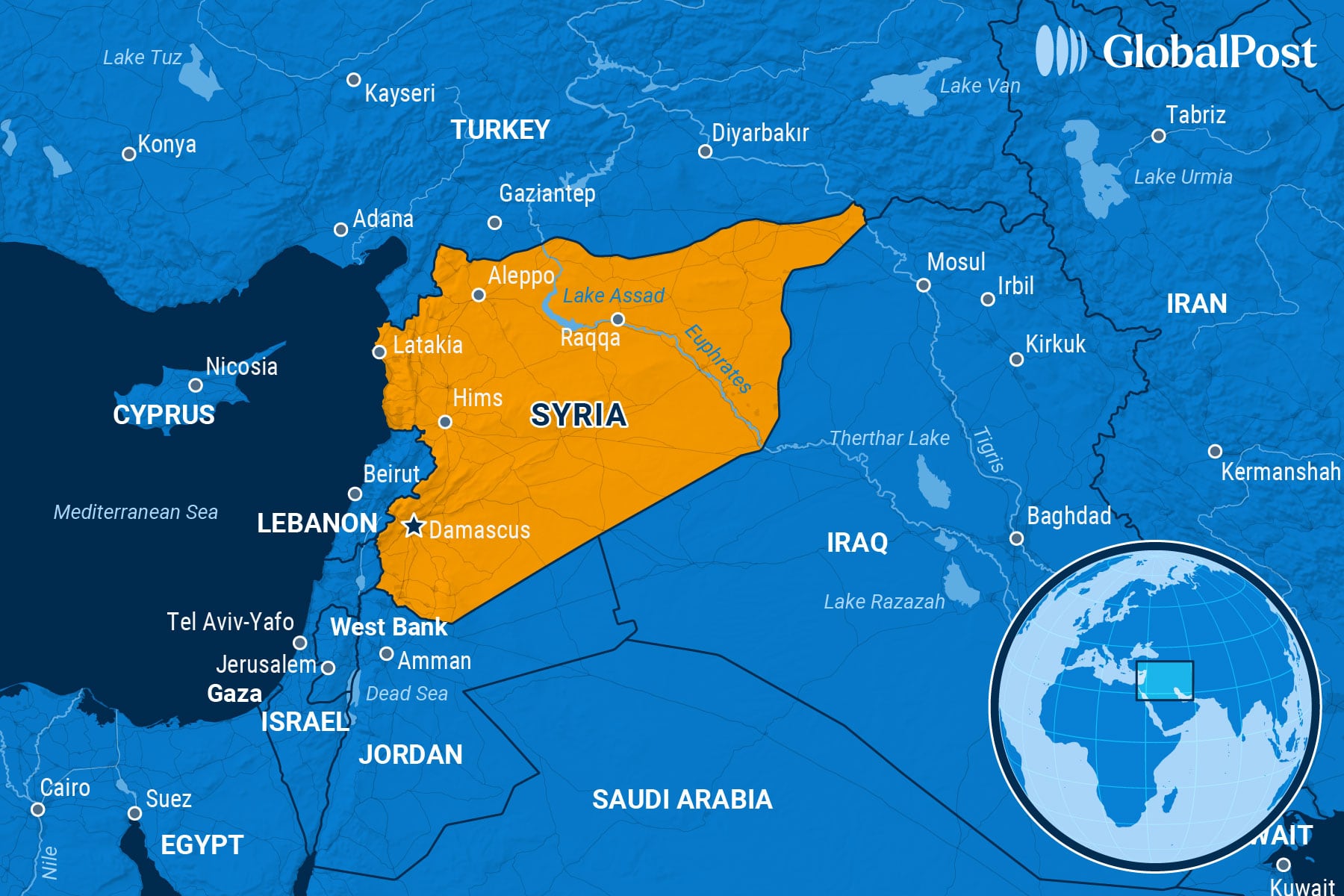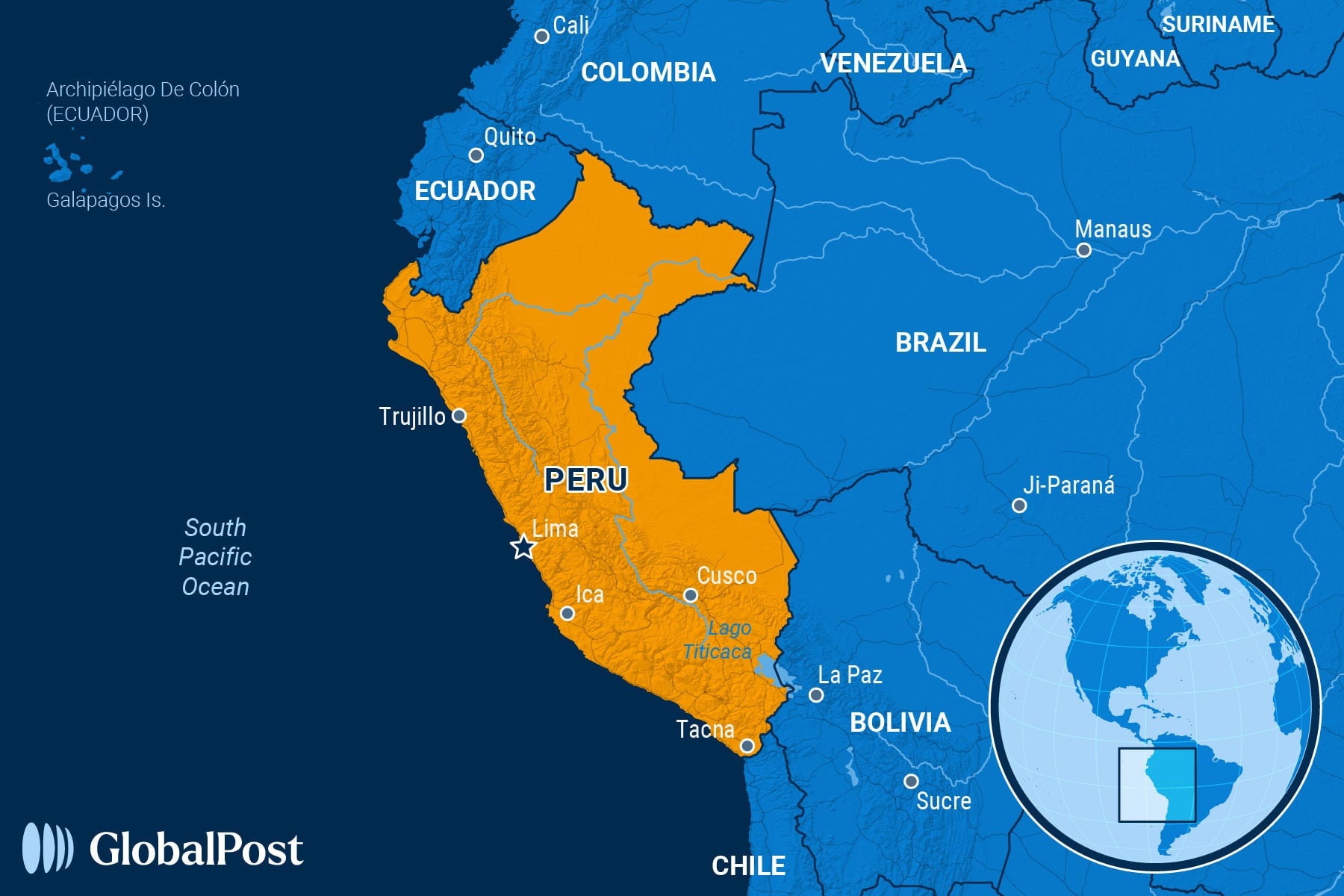When a ‘Total Peace’ Disintegrates
NEED TO KNOW
When a ‘Total Peace’ Disintegrates
COLOMBIA

In early February, five days after she gave birth, a young Colombian woman in the northeastern town of Tibú fled south with her newborn and five-year-old son to the city of Cúcuta 75 miles away. The violence that erupted in mid-January was getting too close.
“They were threatening us,” the mother, 26, told Al Jazeera, asking that her name be withheld. “We were so afraid that we had to leave.”
The fear she had was real: The guerilla group, the National Liberation Army (ELN), had released photos of individuals they believed were collaborators of a rival group, the Frente 33 (33rd Front, or EMC), a faction of the Revolutionary Armed Forces of Colombia (FARC), and her husband was among those they were hunting. He stayed behind to allow the rest of his family to escape safely first.
This family is among the more than 55,000 people who have been displaced by a fresh eruption of violence since the “Paz Total” (Total Peace) promised by Colombia’s president, Gustavo Petro, broke down in the country in mid-January. The conflict since then has killed at least 80 people and seen dozens of others kidnapped. Petro has declared a state of emergency.
“For the last three years, we have warned about a deterioration in Colombia’s conflict that risked sparking a new cycle of war,” Elizabeth Dickinson of the Crisis Group told the Guardian. “That moment is now.”
The eruption of violence centers on the region of Catatumbo, which borders Venezuela and is remote and impoverished, but is contested because it is a key mining, coca, and illicit trafficking hub. It is used to outbreaks of violence – but not like this, say residents, adding that everyone now in the region is a target.
For example, Miguel Ángel López, the director of a funeral home in Tibú, used to recover bodies that appeared along the roads of Catatumbo and give them a proper burial. When conflict resumed earlier this year, he was murdered along with his wife and their 10-month-old baby while driving a hearse toward Cúcuta. Only their 10-year-old son survived.
The violence broke out this time on Jan. 16 after the ELN launched an offensive in the region targeting civilians and another rival armed group, the General Staff of Blocks and Fronts (EMBF), also a rebel faction of FARC.
Soon after, the clashes engulfed large swathes of the region and now the criminal gangs are fighting each other and targeting humanitarian workers, journalists, and civil rights advocates along with civilians who they accuse of collaborating with one group or the other simply because they are family members or are people close to them, say local officials.
It’s a reversal of the direction the country was headed – toward peace – just a few years ago.
The ELN began its existence as a Marxist insurgency in the 1960s along with FARC, aiming to take over the country and implement agrarian reform.
The more powerful FARC demobilized after a peace agreement with the government in 2016 that ended more than 50 years of civil war, one that had killed 450,000 people. But soon after, Colombian voters rejected the agreement in a referendum.
Still, the ELN held the occasional peace talks with the government while it took over the region and grew to become a major criminal organization, say analysts. It is heavily involved in cocaine trafficking, extortion, and illegal mining, with influence over a quarter of Colombia’s land area and 230 municipalities, with thousands of members. It also has a foothold in Venezuela, where it works with the military and the government of Nicolás Maduro.
“The group’s decision appears to have been driven by two main factors: weakened trust in the outcome of the talks and the desire to strengthen its position against rivals on the ground,” wrote World Politics Review. “The ELN’s offensive now sends a clear message that the group is no longer invested in the peace talks and instead is focusing on strengthening its tactical position in the conflict.”
In 2022, voters elected Petro, a former FARC fighter and the country’s first leftist leader, because he pledged to give 7.4 million acres to victims of the civil war and work towards Paz Total. But he has been slow to fulfill that promise.
Petro also reached a ceasefire deal with the ELN but suspended talks with the group in September after ELN rebels killed two Colombian soldiers.
Besides the ELN and the EMBF, right-wing paramilitaries that arose to combat FARC fighters in rural Colombia are also still active in the country, for example, the Conquering Self-Defense Forces of the Sierra Nevada (ACSN), which runs drug networks and extortion racquets in the country’s north.
Meanwhile, new armed groups are springing up now and growing stronger. These groups are more interested in ill-gotten gains and drug revenues than left-wing or conservative ideals, and they make too much money to surrender, analysts say.
And with the Colombian military focused on Catatumbo, clashes have erupted between other rival groups in the Guaviare and the Cauca regions.
Analysts say that beyond the military response of the government, there is little chance of getting back on track in the direction of Paz Total unless the administration changes strategy.
“The crisis in Catatumbo should be a wake-up call for the Petro administration,” Juanita Goebertus, Americas director at Human Rights Watch, told CNN. “Its ‘Total Peace,’ coupled with the lack of effective security and justice policies, have allowed armed groups to expand their presence and brutal control over remote communities across Colombia.”

THE WORLD, BRIEFLY
War and Peace: Russia Closes in on Kursk as Trump-Putin Talks Loom
RUSSIA

Russia is close to repelling the remaining Ukrainian forces holding ground in Russia’s Kursk region, a key bargaining chip for Ukraine, even as the US continues to push for a ceasefire with President Donald Trump slated to speak to his Russian counterpart on Tuesday, Reuters reported.
The Ukrainian offensive – which marked the largest attack on Russian territory since World War II – has been gradually rolled back by Moscow’s forces, reducing the area under Kyiv’s control to about 42 square miles from more than 528 square miles it claimed at its peak last summer.
Russian commentators said Moscow’s troops had pushed Ukrainian forces back to the border in several areas.
Ukrainian President Volodymyr Zelenskyy denied that his troops were surrounded but warned of a possible Russian attack on Ukraine’s northeastern Sumy region, which borders Kursk.
Meanwhile, Trump last week called for the safe passage of Ukrainian troops trapped in the region, an appeal that Russian President Vladimir Putin dismissed unless Kyiv agrees to surrender.
Meanwhile, Kursk is likely to be a topic for discussion during a phone call between Trump and Putin on Tuesday, according to the Associated Press.
The US president said Tuesday’s talks will also touch on land and power plants, a process he described as “dividing up certain assets.”
The Kremlin confirmed the planned talks but declined to provide details, with officials claiming that “the content of conversations between two presidents is not subject to any prior discussion.”
The upcoming talks come a week after Ukraine agreed to a US-backed 30-day ceasefire proposal, even though Russia has yet to formally accept.
Putin has insisted that a ceasefire cannot take effect until key conditions are met, including Ukraine renouncing NATO aspirations and recognizing Russia’s territorial claims over the annexed Ukrainian regions in the east.
Amid efforts to end the war, Ukraine’s top sanction official told Politico that Western sanctions against Russia could be lifted if it helps deliver security and justice for Kyiv.
Vladyslav Vlasiuk, Zelenskyy’s commissioner for sanctions policy, explained Russia has begun exploring potential sanction relief in an effort to alleviate its battered economy.
He said that economic measures remain a key bargaining tool, adding that Ukraine would only consider such discussions if Russia made significant steps toward peace.
Despite his remarks and overtures toward Russia, Trump has warned Moscow of additional sanctions if negotiations to end the war fail.

Little Fires Everywhere: Fighting Erupts on Syrian-Lebanese Border
SYRIA

The Syrian army launched artillery and rocket strikes on northern Lebanon this week after accusing militant group Hezbollah of kidnapping and killing three Syrian soldiers on Lebanese territory, escalating cross-border tensions between the two countries, the Washington Post reported Monday.
The violence began over the weekend and continued into Monday as Syrian troops clashed with local armed groups and Lebanese soldiers, forcing civilians in border towns to flee.
Officials in Syria’s Defense Ministry reportedly accused Iran-backed Hezbollah of ambushing the three soldiers near the Zeita Dam, west of the Syrian city of Homs, before taking them to Lebanon and executing them.
Hezbollah denied the accusations, claiming it had “no connection to any events taking place within Syrian territory.”
The details surrounding their deaths remain unclear, with Lebanese media claiming that the three soldiers entered northeastern Lebanon first and clashed with local tribespeople – many of the tribes in that area are loyal to Hezbollah, according to the newspaper.
The Lebanese army deployed reinforcements and said it had communicated with Syrian officials to de-escalate the situation. In the presence of Lebanese troops, the bodies of the three soldiers were handed over to Syrian authorities.
The Lebanese border has long been a strategic route for Hezbollah, used for smuggling arms and cash from Iran.
Syria’s new government, led by interim leader Ahmed al-Sharaa, has vowed to crack down on Tehran’s activities in the region. Following the ousting of Syrian President Bashar Assad – an ally of Iran – in December, tensions have increased along the border, with armed clashes between Syrian forces and pro-Assad Lebanese clans, according to Al Jazeera.
Syrian state media reported that the Lebanese army shelled “Hezbollah gatherings that killed the Syrian soldiers.” The British-based Syrian Observatory for Human Rights suggested that Lebanese armed groups were also involved, but the reports remain unconfirmed.
Four journalists embedded with the Syrian army sustained minor injuries when an artillery shell, allegedly fired from Lebanon, struck their position. Al Arabiya, a Saudi-owned news outlet, claimed that a Hezbollah rocket injured its cameraman and several others near the border.
The violence has raised concerns about Lebanon’s security because its army is already stretched thin enforcing a ceasefire with Israel in the south.
Amid the clashes in the north, Israeli forces carried out airstrikes in southern Lebanon on Sunday and Monday, targeting two Hezbollah fighters. It struck targets in southern Syria last week.

Crisis Mode: Peru Declares Emergency Amid Spiking Gang Violence
PERU

Peru declared a state of emergency over the weekend in the capital, Lima, over a surge in killings linked to extortion, setting off fears that the country is facing a major gang war similar to Ecuador, Colombia, and other countries in the region, Agence France-Presse reported.
The decision applies to the provinces of Lima and Callao and came after Peruvian singer Paul Flores was shot dead while on a bus with his bandmates as they were leaving a concert outside Lima.
Representatives of the musicians said the band had been threatened by a criminal gang who tried to extort money from them before the attack.
Extortion is a widespread problem in Latin America but it has reached alarming levels in Peru, with local media reporting more than 400 murders since January perpetrated by criminal gangs.
This surge is partly due to the presence of criminal gangs like Venezuela’s Tren de Aragua, which is active across different countries in Latin America. Peru is the second-largest producer of the coca plant.
Peru previously declared a state of emergency in parts of the capital last year and also the city of Trujillo, deploying the military to combat a surge in bus driver murders that were linked to criminal rackets.
Peruvian workers, including bus drivers, shop owners, and textile workers, have been protesting for months about a rise in extortion rackets, Bloomberg reported.
“We have to recognize, as we have done, that Peru is facing a crime wave not seen before,” said Interior Minister Juan José Santiváñez, who oversees the national police, in an interview with RPP radio. “It’s not just Peru, but the entire region because the reality is that criminality today is organized and transnational.”

DISCOVERIES
Walks Like a Duck, Talks Like … Something Else
The woolly mammoth isn’t back just yet, but its tiny, genetically modified cousin has arrived.
Scientists at US-based biotech company Colossal successfully engineered a “woolly mouse” with thick, wavy fur reminiscent of the Ice Age giant – a major milestone in their controversial effort to bring the mammoth back to life.
The idea of de-extinction may sound like science fiction, but Colossal has been working since 2021 to turn that vision into reality.
The company’s goal isn’t to create a perfect clone of a woolly mammoth but to genetically engineer an Asian elephant – its closest living relative – with traits that would allow it to survive in Arctic conditions. The woolly mouse is a key proof of concept.
“What we found is in 23 days, versus 22 months, it worked,” Colossal co-founder Ben Lamm told USA Today, referring to the mouse’s short gestation period compared with an elephant’s. “This is a very, very big step for us because it proves that all of the work we’ve been doing for the last three years on the woolly mammoth is exactly what we predicted.”
Using CRISPR gene-editing technology, scientists identified and modified seven key genes linked to hair texture, color, thickness, and body fat – traits they believe helped mammoths thrive in the Ice Age.
The end result was a mouse with curled whiskers and a woollier coat that could grow three times longer than normal.
“They are much cuter than we thought they would be,” Lamm admitted.
The research team will now test whether these genes actually improve cold tolerance. If the woolly mice can handle frigid temperatures better than their standard lab counterparts, it would suggest that these genetic changes could also help Asian elephants survive in Arctic conditions.
The findings have been posted online, but they have yet to be published in a journal or reviewed by other scientists.
While some researchers see the study as a technological achievement, not everyone is convinced this is a worthwhile endeavor.
“You might be able to alter the hair pattern of an Asian elephant or adapt it to the cold, but it’s not bringing back a woolly mammoth,” Christopher Preston, a professor of environmental philosophy at the University of Montana who was involved in the study, told the Associated Press.
Ethical concerns aside, some scientists question whether a cold-resistant elephant could truly help restore Arctic ecosystems, as Colossal claims.
The company suggests that reintroducing mammoth-like creatures to the tundra could promote grassland regrowth, reduce methane emissions, and even combat climate change.
